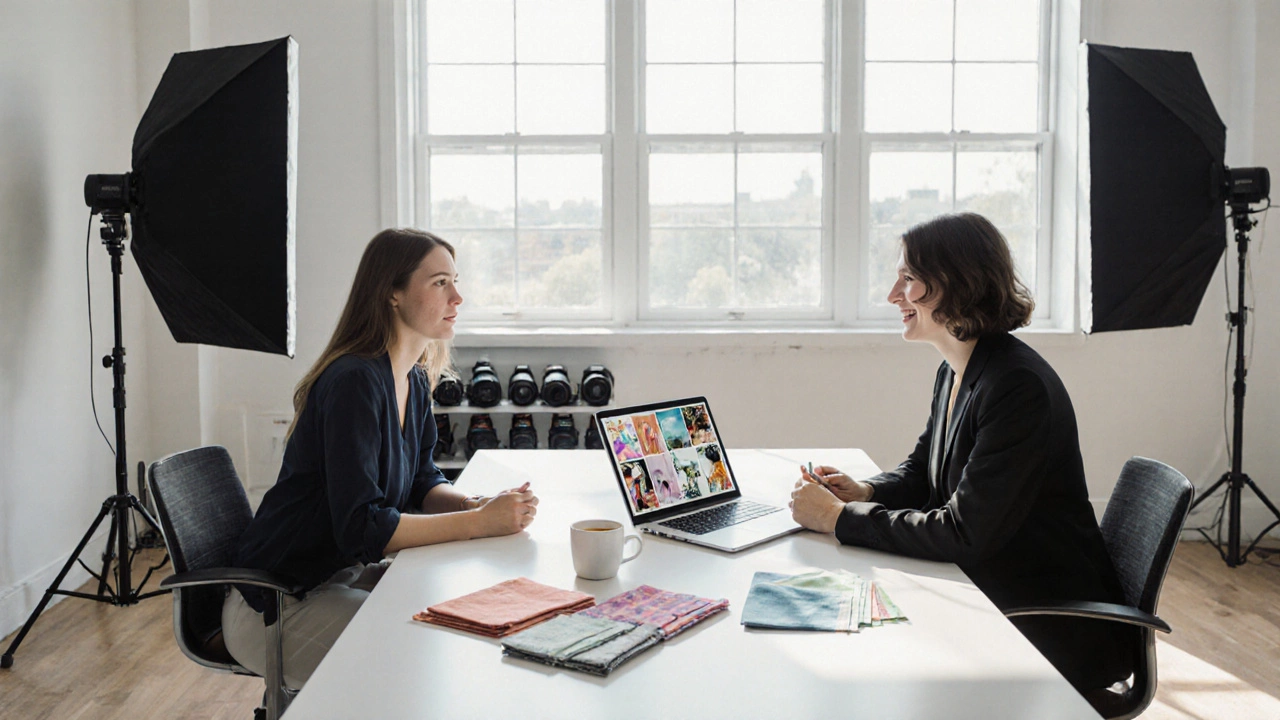Portrait Session Cost: What Really Affects Your Budget
When working with portrait session cost, the total amount you pay for a professional portrait session, including artist fees, materials, and any extra services. Also known as portrait pricing, it helps clients budget and artists set fair rates. Portrait artist rates, the hourly or per‑project fee charged by the creator are the biggest chunk, but they don’t exist in a vacuum. The cost also reflects commission pricing, how much you pay for a custom artwork, often based on size, complexity, and medium. Understanding these pieces lets you compare quotes without getting lost in jargon.
Key Drivers Behind the Numbers
First, the artist’s experience level shapes the base rate. A veteran portraitist who’s sold work to galleries will charge more than a newcomer still building a portfolio. Second, the medium matters: oil paints, acrylics, digital files, or mixed media each have distinct material costs. Third, the session’s scope—whether it’s a single headshot, a full‑body studio shoot, or an on‑location portrait—adds travel, lighting, and set‑up fees. Finally, post‑production work such as retouching, framing, or printing can push the total higher.
These factors create a simple semantic chain: portrait session cost encompasses artist rates, material expenses, and studio setup. It also requires clear communication between client and creator, because any change in scope instantly alters the price. For example, adding a background change or extra lighting equipment can boost the bill by 15‑20 percent.
Speaking of lighting, many portrait artists rely on the classic three‑point lighting, a studio setup using key, fill, and back lights to shape depth and mood. This setup isn’t just for photographers; painters often replicate the contrast to capture realistic shadows. If the artist needs to rent or set up this lighting, it becomes a line item in the overall cost. Knowing whether the studio already has the gear or if you’ll pay extra can save surprise fees later.
Another practical aspect is licensing. Some clients only want a personal print, while others need commercial rights for advertising. The scope of usage directly influences commission pricing. Giving an artist broader rights usually adds a percentage on top of the base fee. Clarify upfront whether you need digital files, prints, or the ability to reproduce the image, so the quote reflects your exact needs.
Budget‑savvy clients often ask how to negotiate without cheapening the artist’s work. A good rule is to adjust the scope rather than the rate: request a smaller canvas, limit the number of revisions, or opt for a simpler background. These changes cut material and labor costs while keeping the artist’s hourly fee intact, which respects their skill level.
Finally, don’t overlook hidden costs like insurance, especially for on‑location shoots. If the session involves travel or outdoor settings, the artist may need to cover transport, permits, or weather‑related delays. Including these variables in the early estimate prevents last‑minute add‑ons that can strain the budget.
Armed with this checklist—experience, medium, session scope, lighting, licensing, and hidden expenses—you’ll be ready to compare quotes confidently. Below you’ll find a curated list of articles that dive deeper into each of these topics, from pricing guides for digital artists to lighting techniques that boost portrait quality. Explore the collection to fine‑tune your next portrait project and make an informed decision about portrait session cost.
